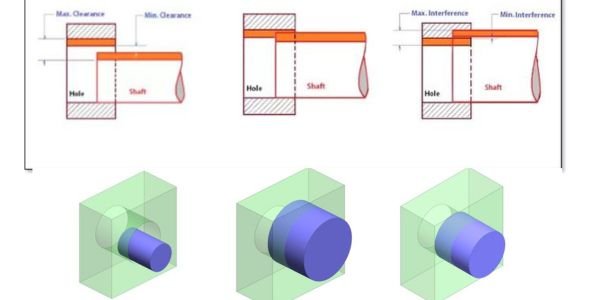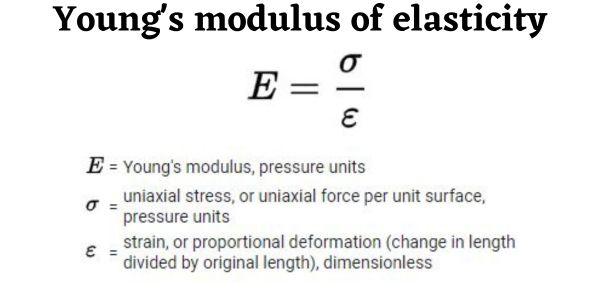Table of Contents
The Dijkstra algorithm, also known as Dijkstra’s shortest path first algorithm, is an algorithm for finding the shortest paths between nodes in a graph. It was conceived by computer scientist Edsger Dijkstra in 1956 and published three years later. The algorithm is widely used in network routing and computer networking and is an example of a greedy algorithm.
The algorithm works by finding the shortest path from a given node to all other nodes in the graph. It does this by constructing a tree of shortest paths from the source node to all other nodes in the graph. The algorithm is often used in routing and as a subroutine in other graph algorithms.
The algorithm works by assigning a cost to each edge in the graph. The cost of an edge is the distance between the nodes connected by that edge. The algorithm then finds the shortest path from the source node to all other nodes in the graph by repeatedly finding the cheapest edge and adding it to the tree. This process is repeated until the tree contains all nodes in the graph.
The Dijkstra algorithm is an example of a single-source shortest path problem, as it finds the shortest path from a given source node to all other nodes in the graph. It is also an example of an algorithm that employs a Greedy Best-First search. This means it selects the best option available at each step in order to reach the shortest path.
This algorithm works by assigning a cost to each edge in the graph and then selecting the edge with the lowest cost at each step until the destination node is reached. The algorithm keeps track of the total cost of the path taken, and the shortest path is the one with the lowest total cost.
How Dijkstra’s Algorithm Woks
Dijkstra’s algorithm is a graph search algorithm that is used to find the shortest path between a given source node and all other nodes in a graph. It is an iterative algorithm that provides the shortest path from the source node to all other nodes in the graph.
The algorithm works by assigning a cost to each node in the graph and then iteratively finding the lowest cost path from the source node to all other nodes. It uses a priority queue to keep track of the unvisited nodes and their associated costs. At each step, the algorithm selects the node with the lowest cost and updates the costs of its adjacent nodes. This process is repeated until all nodes have been visited.
To understand how Dijkstra’s algorithm works, let’s consider a graph with five nodes. The algorithm begins at the source node and assigns a tentative distance to each of its neighboring nodes. This tentative distance is based on the distance between the source node and each of its neighbors. For example, if the source node is A and its neighbor is B, the tentative distance from A to B is the distance between A and B.
Next, the algorithm selects the node with the shortest tentative distance (the node with the lowest cost) and marks it as visited. It then updates the tentative distances of its unvisited neighbors. It does this by adding the distance from the current node to each of its unvisited neighbors. For example, if the current node is B and its neighbor is C, the tentative distance from A to C is updated to be the distance from A to B plus the distance from B to C.
The algorithm continues to iterate until all nodes
Example of Dijkstra’s Algorithm:
Dijkstra’s algorithm is a popular algorithm for finding the shortest path between two nodes in a graph. This is done by assigning a cost to each edge in the graph and then finding the path between the two nodes that has the lowest cost.
To demonstrate the algorithm, let’s use the example of a simple graph with four nodes and four edges. The nodes are labeled A, B, C, and D and the edges are labeled AB, BC, CD, and DA. The cost of each edge is shown in the table below.
Edge Cost
AB 2
BC 4
CD 3
DA 1
We want to find the shortest path between node A and node D. Using Dijkstra’s algorithm, we start by assigning a cost of 0 to node A and infinity to all other nodes. Then we look at all the edges connected to A and take the one with the lowest cost. In this example, the edge with the lowest cost is AB and so we assign a cost of 2 to node B.
Next, we look at all the edges connected to B and assign the cost of the edge plus the cost of B to the node at the other end of the edge. We then continue this process until we reach node D. The shortest path from node A to node D is A-B-C-D, with a total cost of 9.
Dijkstra’s Algorithm Complexity
Dijkstra’s Algorithm is a single-source shortest-path algorithm that finds the shortest path from a source node to all other nodes in a graph. The time complexity of this algorithm is O(V² + E) where V is the number of vertices and E is the number of edges.
Dijkstra’s Algorithm works by maintaining two sets of vertices, namely the unsettled and the settled set. Initially, all the vertices are in the unsettled set. The algorithm starts from the source node and then processes all the adjacent nodes, adding them to the unsettled set. The algorithm then finds the node with the minimum distance from the source node and adds it to the settled set. This process is repeated until all the nodes are added to the settled set.
The time complexity of this algorithm is determined by the number of edges and vertices in the graph. The algorithm has to visit each vertex and each edge at least once. Hence, the time complexity of Dijkstra’s Algorithm is O(V² + E), where V is the number of vertices and E is the number of edges. This makes Dijkstra’s Algorithm a suitable algorithm for finding the shortest path in a graph with few edges
Applications of Dijkstra’s algorithm
- Network Routing:
Dijkstra’s algorithm can be used to find the shortest path from one node to another in a network or graph. This is useful for routing protocols in computer networks.
- Web Navigation:
Dijkstra’s algorithm can be used to find the shortest path from one page to another on a website. This can be used to improve the user experience by providing the quickest route to the desired page.
- Navigation Systems:
Dijkstra’s algorithm can be used to find the shortest route between two locations on a map. This is used in many navigation systems, such as Google Maps and Apple Maps.
- Logistics:
Dijkstra’s algorithm can be used to find the most efficient route for a delivery truck or other vehicle. This can be used to improve the efficiency of deliveries and reduce costs.
- Graph search:
Dijkstra’s algorithm can be used to find the shortest path between two points in a graph. This can be used to solve navigation problems, such as finding the shortest route from one city to another.
- Artificial Intelligence:
Dijkstra’s algorithm can be used in
GPS navigation systems use Dijkstra’s algorithm to determine the most efficient route from one point to another. This helps users get to their destination quickly and efficiently.































